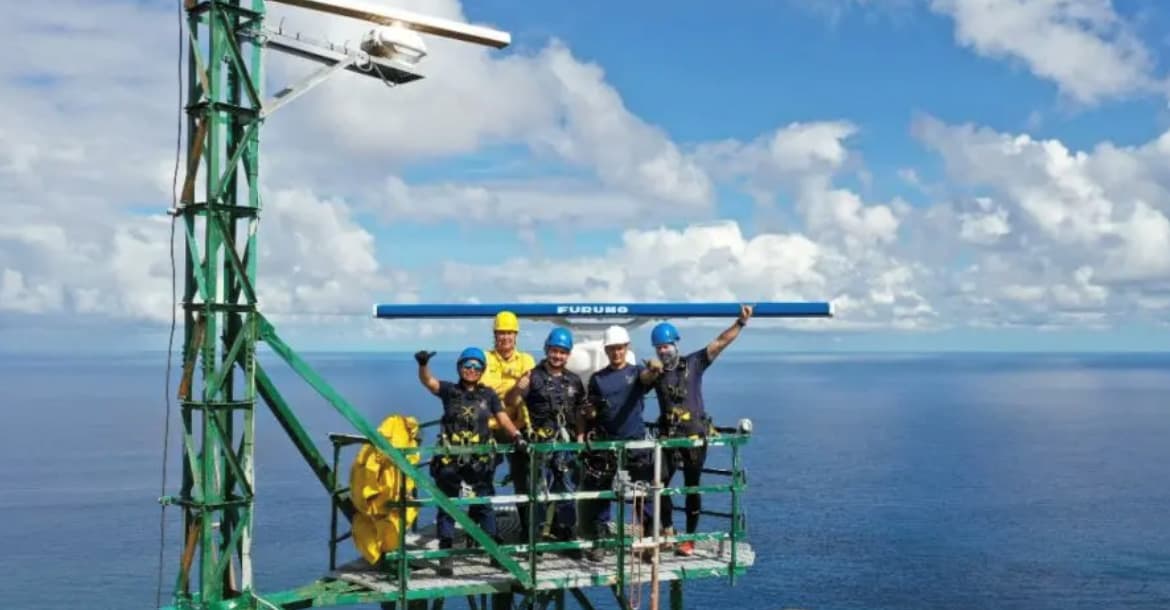The National System of Conservation Areas (SINAC) has installed a new radar in Cocos Island National Park, as part of the Marine Protection System for the Cocos Marine Conservation Area (ACMC).
The radar will strengthen the control and surveillance of the ACMC and will complement the recently inaugurated control center, adding an additional layer of monitoring and surveillance in the protected area to combat illegal actions such as illegal fishing. Its acquisition and installation are the result of a joint effort by organizations committed to marine control and surveillance to combat illegal fishing in the country and the region.
This was possible thanks to exemplary collaboration between the National Coast Guard (SNG), the Costa Rican Electricity Institute (ICE), EARTHRACE, and ACMC officials in the planning, transfer, installation, and operation of the equipment.
“The participation of NGOs and the support of Governmental Institutions for the protection of the Cocos Island Marine Conservation Area, is manifested once again, in that they contribute with the purchase and installation of this new radar for the safeguard and protection of this rich natural heritage of the State,” said Franz Tattenbach, Minister of Environment and Energy.
Gina Cuza, ACMC Regional Director, highlighted the vital importance of the new radar installed in this National Park and financed thanks to the generous support of non-governmental organizations such as WildAid, MarViva, FAICO, and Global Conservation.
The strategic location of Cocos Island in the Pacific Ocean makes it a vital island ecosystem for the planet.
“Investing in control and surveillance efforts that complement the efforts made by the Costa Rican government and other allies is fundamental to exercise our sovereignty as a country and consolidate actions that support conservation and security on the high seas, with a local and regional impact,” added Cuza.
For the government, the protection of the island is paramount and the installation of this radar reaffirms its commitment to work in collaboration with all stakeholders to ensure the long-term conservation of this precious marine ecosystem.
“This radar represents a step in the right direction. If we want to properly manage the ocean and its resources, it is key to strengthen monitoring, control, and surveillance, especially in remote areas such as this one,” commented Katherine Arroyo, Executive Director of Fundación MarViva.






